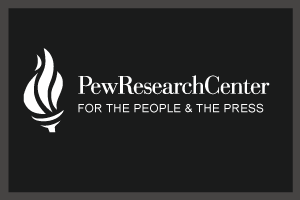 The largest generation in today’s workforce, Millennials like their important industry event materials in print. It’s how they learn best.
The largest generation in today’s workforce, Millennials like their important industry event materials in print. It’s how they learn best.
For anyone involved in meeting or conference planning, one of the big decisions is choosing how to offer those vital educational materials to attendees, according to Aaron Manogue of Omnipress, writing in LinkedIn.
“For years meeting planners have had to create, edit, and produce these materials via print or even putting them online or in a mobile app. Now with the emergence of Millennials in the workforce, yet another dilemma faces each and every one of you. How does the largest generation currently in the U.S. workforce (more than one in three American workers are Millennials – source: Pew Research Center) want to consume these valuable resources?” Manogue asks.
To help answer that question, his firm sponsored some industry research on Millennials and Print and also talked to experts in association event planning. The consensus?
“Surprisingly enough, this survey, completed by 548 millennials, shows that millennials learn more effectively and even prefer printed materials when it comes to things they need to learn,” notes Omnipress’ summary of the report. Manogue notes that “50% of respondents reported that they prefer printed materials when consuming information they need to learn.”
Fellow Millennial and association professional Emily Wiseman agrees.
“There is something about physically holding material and writing things down when I need to learn. I do think it has to do a lot with the visual aspect of learning – as one respondent mentioned, with a physical book you can recount things from a specific place on a page and visualize that when you are trying to recall information. With digital materials, it is harder to do that,” she notes.
Digital is increasingly important at these events, Wiseman notes, and some of the information that used to be printed has moved to apps and other digital communication, yet print remains a key ingredient.
“Education aside, a mobile app will never be as fast as glancing down at a pocket planner to determine what room I’m headed to next. In that same vein, a printed program won’t ever be able to vibrate to remind me of my next session or send me a text message letting me know the room has changed. I believe the two will go hand-in-hand for a while yet,” she explains.
Just as in marketing, the decision to print or digitize should be based on the message, the audience and the way the information will be used. And for Millennials, the assumption that they prefer everything on digital is being shown time and again to be incorrect.
